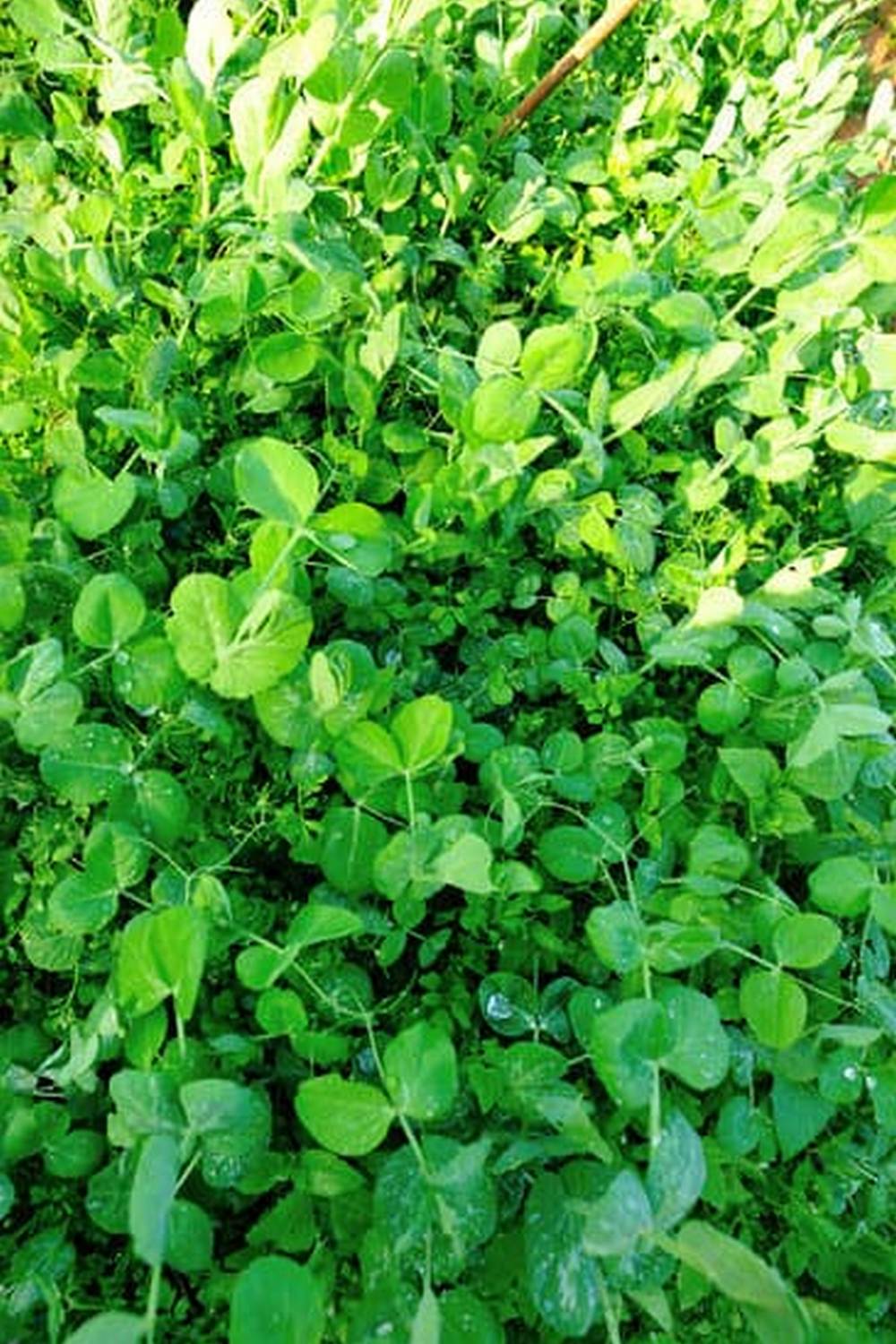Container vegetable gardening has become increasingly popular among urban gardeners and those with limited space. One versatile vegetable that thrives in containers is cucumbers. With the right care and setup, cucumbers can be successfully grown in containers, providing a fresh and delicious harvest right at your fingertips.
There are numerous benefits to growing cucumbers in containers as opposed to traditional gardening methods. Container gardening allows for better control over the soil quality, drainage, and sunlight exposure for the plants. It also reduces the risk of pest infestations and diseases that commonly affect cucumber plants when grown directly in the ground.
When it comes to choosing the right container for growing cucumbers, factors such as size, material, and drainage capability play crucial roles in ensuring the success of your crop. By following proper guidelines for soil selection, fertilization techniques, planting methods, and ongoing care routines specific to container gardening, you can enjoy a bountiful harvest of crisp and flavorful cucumbers right from your own balcony or patio.
Benefits of Growing Cucumbers in Containers
Growing cucumbers in containers offers a multitude of benefits, making it an attractive option for many gardeners. Here are some advantages of opting for container vegetable gardening with cucumbers:
- Space-saving: Container gardening allows individuals with limited outdoor space to still enjoy growing their own produce. Cucumbers grown in containers can thrive on balconies, patios, or even windowsills.
- Portability: Containers can be easily moved around to optimize sunlight exposure and protection from harsh weather conditions. This flexibility ensures the plants receive the ideal growing conditions throughout the season.
- Weed and pest control: With containers, gardeners have better control over weeds and pests that may harm their cucumber plants. This targeted approach can lead to healthier crops without the need for harmful chemicals.
Additionally, growing cucumbers in containers makes it easier to monitor and adjust soil quality, moisture levels, and overall plant health. By having cucumbers in containers, you can create an optimal environment tailored to the specific needs of these vine plants.
Overall, container vegetable gardening with cucumbers is a convenient and rewarding way to cultivate this popular vegetable. Whether you’re a novice gardener looking to start small or an experienced grower experimenting with new methods, growing cucumbers in containers provides a versatile and efficient way to enjoy fresh produce right at your fingertips.
Choosing the Right Container
When it comes to cucumbers container vegetable gardening, choosing the right container is crucial for the success of your plants. The first consideration when selecting a container for growing cucumbers is the size. Cucumbers have deep roots, so it is essential to choose a container that is at least 12-18 inches deep to allow for proper root growth. Additionally, the width of the container should be wide enough to accommodate the sprawling vines of cucumber plants.
Material is another important factor to consider when selecting a container for growing cucumbers. While there are various options available, such as plastic, ceramic, or terra cotta containers, it is generally recommended to choose a durable material that allows for good drainage. Plastic containers are lightweight and retain moisture well, making them an excellent choice for growing cucumbers in containers.
Drainage is key to preventing waterlogged soil, which can lead to root rot in cucumber plants. When selecting a container, make sure it has adequate drainage holes at the bottom to allow excess water to escape easily. To further improve drainage, consider placing a layer of gravel or pebbles at the bottom of the container before adding soil. This will help prevent water from pooling at the bottom and ensure healthy root development for your cucumber plants.
| Container Considerations | Recommendations |
|---|---|
| Size | 12-18 inches deep; wide enough for sprawling vines |
| Material | Durable materials like plastic with good drainage properties |
| Drainage | Adequate drainage holes; layer of gravel at the bottom for improved drainage |
Soil and Fertilization
Choosing the Right Soil
When it comes to growing cucumbers in containers, the type of soil you use plays a critical role in the success of your plants. Opt for a high-quality potting mix that is well-draining to prevent waterlogging, which can lead to root rot. Look for mixes specifically designed for vegetables or container gardening, as they typically have the right balance of nutrients to support healthy cucumber growth.
Importance of Fertilization
Cucumbers are heavy feeders and require regular fertilization to thrive in containers. Consider using a balanced fertilizer with equal parts nitrogen, phosphorus, and potassium to promote strong plant growth, flowering, and fruit production. Slow-release fertilizers can be a great option for container gardening as they provide a steady supply of nutrients over time.
Organic Options
For those looking to grow cucumbers organically in containers, there are plenty of natural fertilization options available. Compost and well-rotted manure can enrich the soil with essential nutrients while promoting beneficial microbial activity. Additionally, organic liquid fertilizers made from seaweed or fish emulsion can be used to provide an extra boost when needed. Remember to follow package instructions closely when applying fertilizers to avoid overfeeding your cucumber plants.
By choosing the right soil and providing adequate fertilization, you can ensure that your cucumbers grown in containers will receive the necessary nutrients for healthy growth and bountiful harvests. Paying attention to soil quality and proper fertilization practices will set you up for success in your cucumber container vegetable gardening endeavors.
Planting and Caring for Cucumber Seeds or Seedlings
- Choose the right container: Select a container that is at least 12 inches deep and wide enough to accommodate the cucumber plant’s root system. Ensure that the container has drainage holes to prevent waterlogging, which can lead to root rot.
- Fill the container with well-draining soil: Use a high-quality potting mix rich in organic matter. It’s essential to provide good soil for healthy cucumber growth, as they are heavy feeders and require nutrient-rich soil.
- Plant cucumber seeds or seedlings: If planting seeds, sow them about 1 inch deep in the soil, spacing them 6-12 inches apart depending on the variety. If starting with seedlings, gently transplant them into the container at the same depth they were in their original pots.
- Watering and sunlight requirements: Cucumbers grown in containers need consistent moisture but also good drainage to avoid waterlogged soil. Water your plants regularly, ensuring that the soil is kept evenly moist but not soggy. Place your containers in a location that receives at least 6-8 hours of sunlight per day for optimal growth.
- Training and supporting your plants: As cucumber plants grow, they will benefit from support such as trellises or stakes to keep them off the ground and allow for better air circulation. Train the vines to climb using soft ties for support.
By following these steps and providing proper care throughout the growing season, you can enjoy a bountiful harvest of fresh cucumbers grown right in your own home through container vegetable gardening techniques for cucumbers.
Watering and Sunlight Requirements
When it comes to growing cucumbers in containers, getting the watering and sunlight requirements right is crucial for healthy plant growth and a bountiful harvest. Cucumbers are considered sun-loving plants, so they require a minimum of 6-8 hours of sunlight daily. If you are growing cucumbers indoors, place them near a south-facing window or under grow lights to ensure they receive adequate sunlight. Insufficient sunlight can result in poor fruit development and lower yields.
In terms of watering, cucumbers grown in containers need consistent moisture to thrive. The soil should be kept consistently moist but not waterlogged, as soggy conditions can lead to root rot and other issues. As a general rule of thumb, water your cucumber plants deeply whenever the top inch of soil feels dry to the touch. Be sure to water at the base of the plants to avoid getting the foliage wet, which can increase the risk of fungal diseases.
During hot summer months, you may need to water your cucumber plants more frequently to prevent them from wilting. Mulching around the base of the plants can also help retain moisture in the soil and reduce evaporation.
Remember that container-grown plants tend to dry out faster than those planted in the ground, so keep a close eye on your cucumbers and adjust your watering schedule as needed. By providing sufficient sunlight and water, you can ensure robust growth and delicious cucumbers from your container vegetable garden.
Pest and Disease Management
To prevent and manage pest infestations in your cucumber container garden, consider using organic solutions such as neem oil or insecticidal soap. These natural remedies can help control pests without introducing harmful chemicals to your plants. Additionally, attracting beneficial insects like ladybugs and lacewings to your garden can also help keep pest populations in check.
In addition to pests, cucumber plants grown in containers are susceptible to various diseases such as powdery mildew, bacterial wilt, and downy mildew. These diseases can weaken the plant and inhibit growth if left untreated. To prevent disease outbreaks, make sure to provide adequate air circulation around your plants by spacing them properly in the container. Using disease-resistant cucumber varieties can also help reduce the risk of infections.
| Pests | Diseases |
|---|---|
| Aphids | Powdery Mildew |
| Spider Mites | Bacterial Wilt |
| Cucumber Beetles | Downy Mildew |
Harvesting and Enjoying Your Cucumbers
Container vegetable gardening is a convenient and practical way to grow your favorite vegetables in limited spaces. When it comes to cucumbers, they are a fantastic choice for container gardening due to their ability to thrive even in smaller environments. By following the right steps and giving them the proper care, you can enjoy a bountiful harvest of cucumbers right from your own backyard or balcony.
One of the great benefits of growing cucumbers in containers is the ability to control their environment more effectively. This means you can monitor the soil quality, water intake, and sunlight exposure more easily, leading to healthier plants and higher yields. Additionally, containers allow for better pest management and disease prevention compared to traditional garden beds.
When it comes time to harvest your cucumbers, make sure to monitor their size regularly. Cucumbers are best when picked at around 6-8 inches long for optimal flavor and texture. Use sharp scissors or shears to cut the cucumber from the plant carefully without damaging the vine.
Once harvested, cucumbers can be enjoyed fresh in salads, sandwiches, pickles, or refreshing beverages like cucumber-infused water. The versatility of cucumbers makes them a delightful addition to any meal or snack throughout the summer months. Container vegetable gardening truly brings joy and satisfaction as you reap the rewards of your hard work in cultivating delicious homegrown produce like cucumbers.
Frequently Asked Questions
Do Cucumbers Grow Well in Containers?
Cucumbers can indeed grow well in containers, as long as the container is large enough to accommodate their roots and they receive adequate sunlight, water, and nutrients. Container gardening allows for more control over soil quality and environmental factors.
How Many Cucumber Plants Can You Plant in a 10 Gallon Container?
In a 10-gallon container, you can typically plant 1-2 cucumber plants. It’s important to consider the variety of cucumber plant you’re growing, as some may require more space to spread out while others can be planted more closely together.
How Do You Support Cucumber Plants in Pots?
Supporting cucumber plants in pots is essential to ensure they grow upwards and receive proper airflow and sunlight. Using trellises, stakes, or cages are common methods for supporting cucumber plants in pots. Additionally, regularly pruning the vines can help manage their growth and promote healthier plants overall.

If you’re looking to get into vegetable gardening, or are just looking for some tips on how to make your current garden better, then you’ve come to the right place! My name is Ethel and I have been gardening for years. In this blog, I’m going to share with you some of my best tips on how to create a successful vegetable garden.





